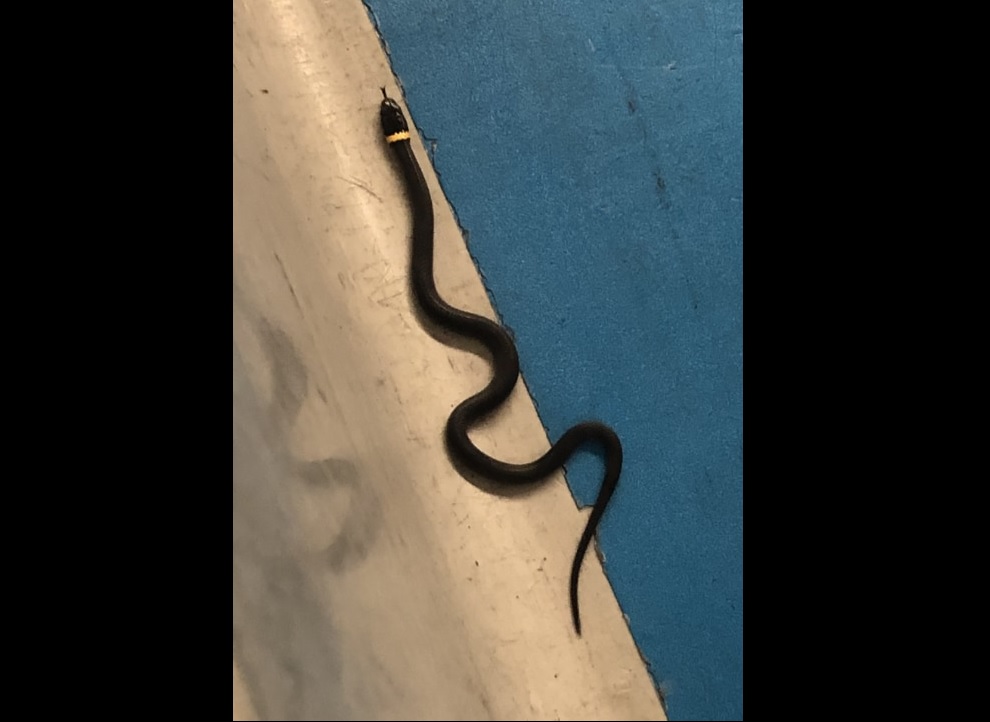National
U.S. denies liability after boy is sprayed by its cyanide trap

BOISE, Idaho (AP) — The U.S. government said an Idaho family is to blame for any injuries it alleges a boy received after he was doused with cyanide by a predator-killing trap that a federal worker mistakenly placed near their home.
Any injuries were caused by the negligence of the parents and child, the U.S. Department of Justice said in documents filed Monday in U.S. District Court, and asked for the family’s lawsuit to be dismissed.
Mark and Theresa Mansfield of Pocatello sued in June seeking more than $75,000 in damages and more than $75,000 for pain and suffering.
They say their son, Canyon Mansfield, was playing with his dog in March 2017 when the then-14-year-old triggered the trap that the U.S. Department of Agriculture placed to kill coyotes. The dog died, and the teen still has headaches from the poison, the lawsuit said.
In its response, the government “expressly denied” any “alleged negligence by defendant or its agencies or employees.”
The devices, called M-44s, are embedded in the ground and look like lawn sprinklers but spray cyanide when they are set off. They are meant to protect livestock but sometimes kill pets and injure people.
The traps drew increased scrutiny after The Associated Press reported that the teen was injured months after the government decided to stop using the devices on federal lands in Idaho.
The lawsuit contends that an Agriculture Department worker acknowledged to law enforcement officials placing the trap in error on land managed by the U.S. Bureau of Land Management. The court document filed by the Justice Department does not acknowledge such an error.
It responded to an emailed inquiry from The Associated Press on Wednesday by asking for an outline of questions but didn’t respond to those questions.
The agency said in court documents that “defendant admits that two M-44 devices placed by (a federal) employee were discharged in the incident involving CM and his dog.”
The lawsuit mentions only one M-44 activating, and law enforcement officials who responded last year didn’t mention additional devices discharging.
The reason for the discrepancy is not clear. The Justice Department didn’t respond to that question.
The lawsuit describes the boy encountering the device and says he thought it looked like a sprinkler head.
“When he reached down and touched the pipe, it exploded with a loud bang, knocking CM to the ground and spewing an orange powdery substance,” the lawsuit says.
The Justice Department throughout its response disputes that there was an explosion, noting that M-44s are spring-activated and contain no explosive material.
Reed Larsen, an attorney for the Mansfields, didn’t return calls left his office and his cellphone.
In a separate but related lawsuit by environmental and animal welfare groups, U.S. officials in March agreed to complete a study on how two predator-killing poisons could be affecting federally protected species.
A settlement requires the U.S. Fish and Wildlife Service to complete consultations with the Environmental Protection Agency by the end of 2021 on the poisons that federal workers use to protect livestock on rural lands. One of the poisons is the cyanide used in M-44s.
Andrea Santarsiere, an attorney with the Center for Biological Diversity, which is involved in the settlement and ultimately hopes to get M-44s banned entirely, said the federal government’s response to the Mansfield lawsuit was disappointing.
“Rather than apologize for having a poisonous device on public lands that injured a young boy and killed his dog, the government instead is using a tactic to blame the boy,” she said.






